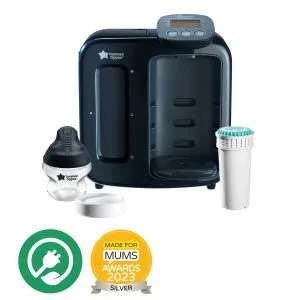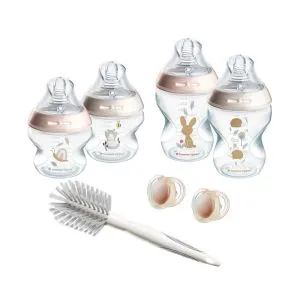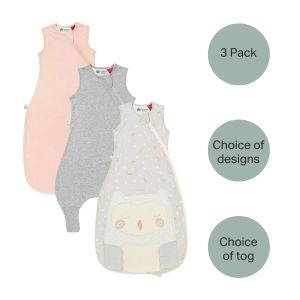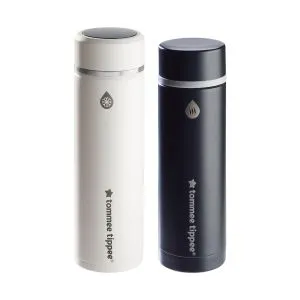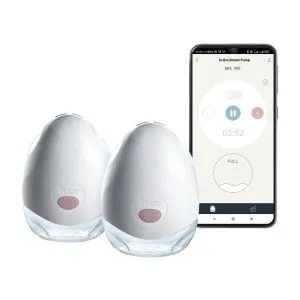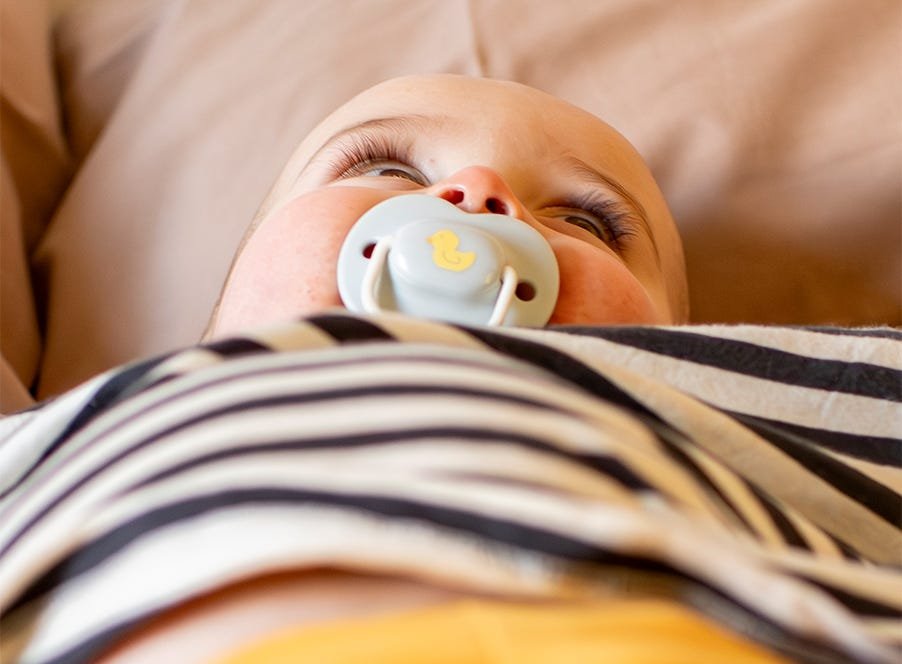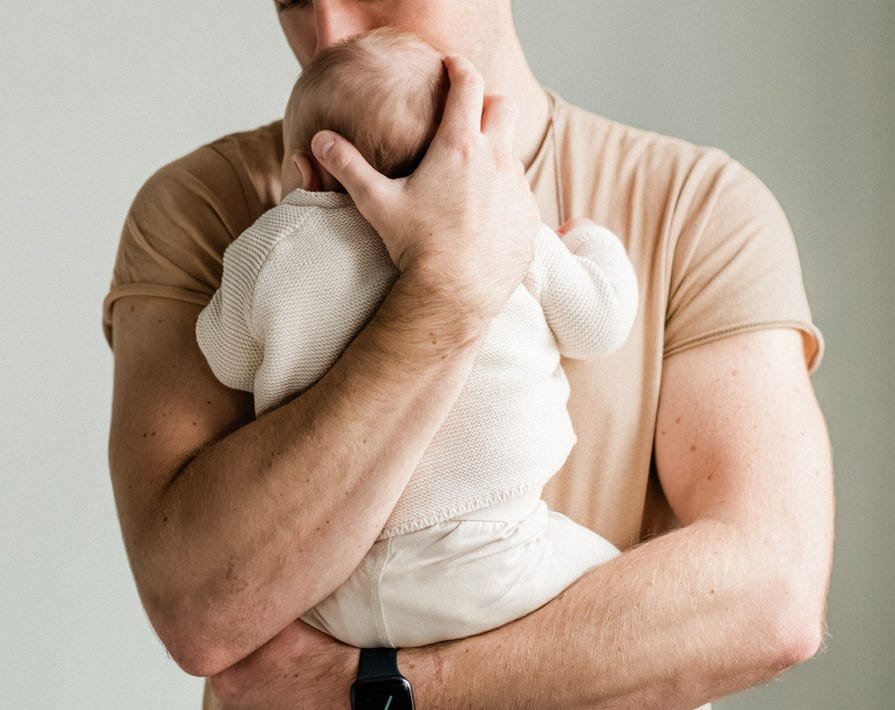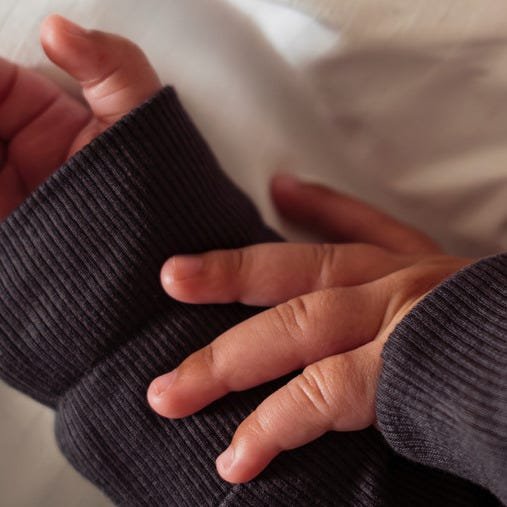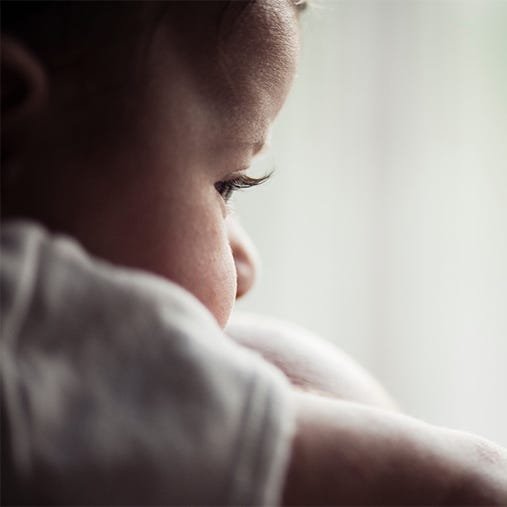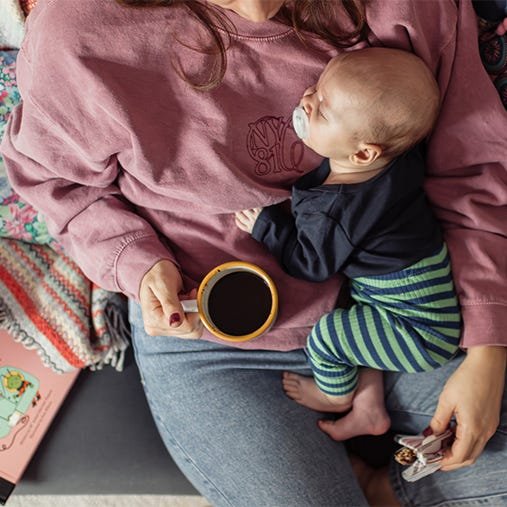Babies can't let you know when they're feeling under the weather, and this can be upsetting for both them and you! If you suspect that your little one is unwell, it's important to take a temperature reading to understand how they're feeling and decide the best course of action.
We've written this guide to help you learn how, when, and how often to take a baby's temperature, and to let you know when to seek medical attention.
How to use a thermometer to check a baby's temperature
Digital thermometers provide fast and accurate readings and can be used to take a reading from a baby's forehead, armpit, mouth, or in their ear.
It's a good idea to find out what your little one's 'baseline' temperature is when they're feeling well. For consistency, you should always take their temperature from the same location - oral, armpit, ear, or forehead.
Although it's possible to use a digital probe thermometer to take a baby's rectal temperature, this can potentially damage the lining of their rectum, so isn't recommended.
Old-fashioned glass thermometers contain mercury and can break and release small splinters of glass and highly poisonous mercury. They're no longer used in medical settings, can't be bought in shops, and should never be used to take a baby's temperature.
It's best to carefully follow the instructions for your specific thermometer but to help you out, we've created a basic step-by-step guide to each method:
Forehead (temporal artery) reading
From birth, you can take a forehead temperature reading from your baby using a no-touch infrared thermometer.
- Check that your baby's forehead is dry.
- Hold the scanner one to three centimetres away from the centre of their forehead.
- Press the start button.
- Their temperature will then be shown on the display.
Oral reading
If you're using an oral probe thermometer, don't take your child's temperature straight after they've had hot or cold food or drinks.
- If possible, your baby's mouth should stay closed for up to five minutes before you take a reading.
- Gently place the probe well under their tongue.
- Ask them to hold it gently with their lips and not to bite it.
- Keep the probe in their mouth and wait for the thermometer to beep.
- Their temperate reading will show on the digital display.
Underarm (axillary) reading
From birth, a digital thermometer with a soft and flexible probe can be comfortably positioned under a baby's armpit to take their temperature.
- Ensure your baby's armpit is dry.
- Turn the thermometer on.
- Place the thermometer's probe under their armpit.
- Press their arm tightly next to their body.
- Ensure the sensor is covered under their armpit.
- The unit will beep once the temperature reading is ready, and it will be shown on the digital display.
In-ear (tympanic membrane) reading
If your little one is aged three months and up, you can take an in-ear temperature reading using a specially designed digital in-ear thermometer. This method only takes a few seconds, so is handy if your baby is fussy and difficult to keep still.
- Ensure your baby's ear canal is clean.
- Securely put a new disposable hygiene cover onto the end of the thermometer.
- Try to keep your baby's head still.
- Gently pull their ear back to straighten their ear canal.
- Position the covered tip snugly in your baby's ear opening. Remember not to use force and to never let the tip of the thermometer touch your baby's eardrum.
- Turn the thermometer on.
- To take a reading, follow the instructions for your thermometer.
- Take the thermometer out of your baby's ear.
- The digital display will show their temperature reading.
- Take off the hygiene cover and dispose of it.
